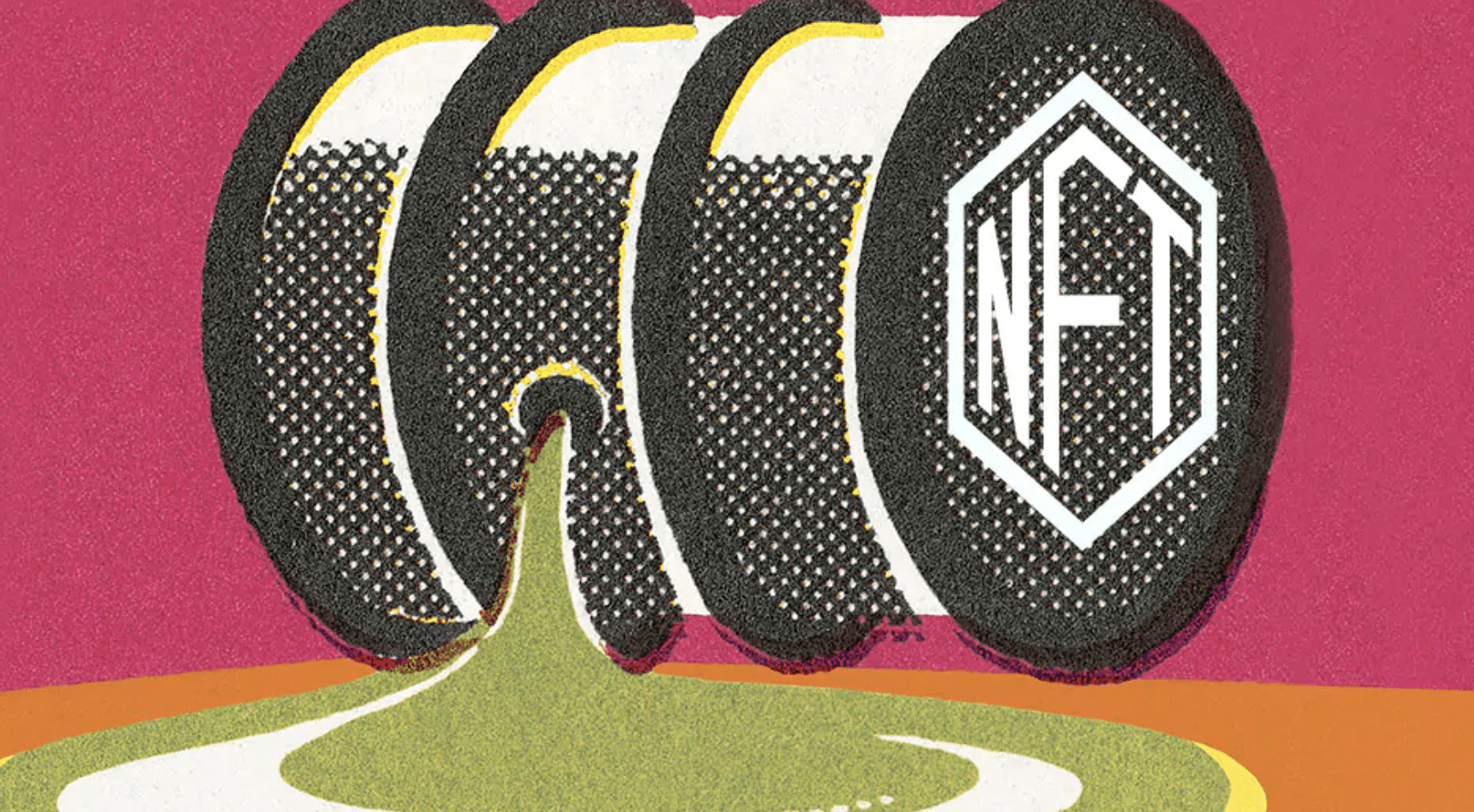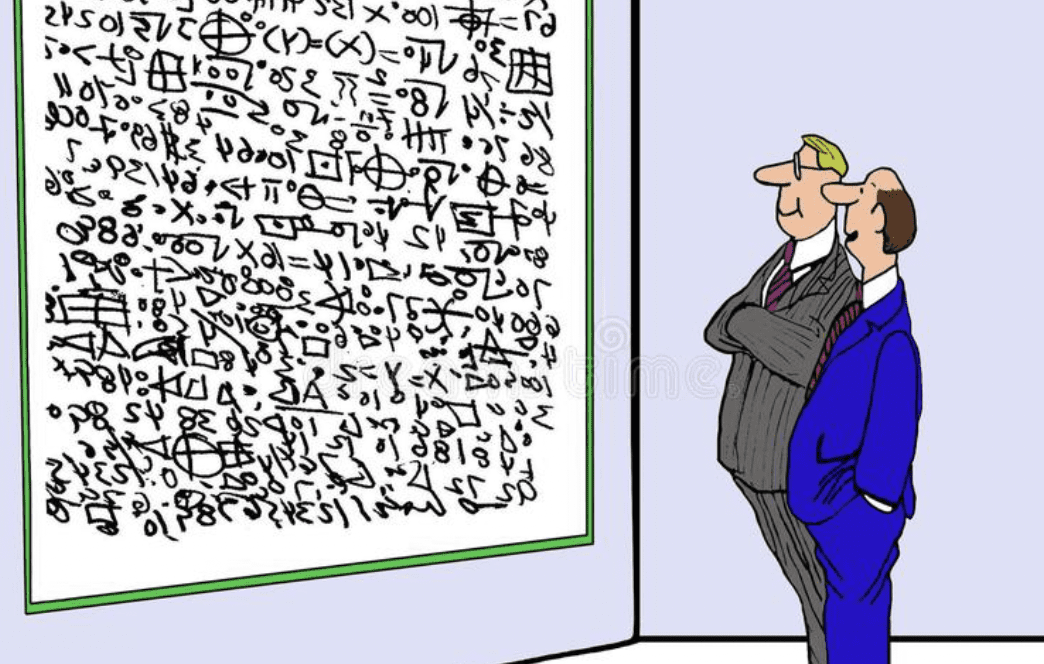There are many misconceptions about NFTs that have gained traction, especially to those who may not be too familiar with crypto or DeFi. Let’s tackle the five biggest myths about NFTs.
NFTs don’t have value

The most common out of all the misconceptions about NFTs is a childish one: some people claim that NFTs are “worthless.” Why? Their argument usually claims they don’t have any intrinsic value since you can “right click” and save NFTs.
People who make this argument usually don’t understand blockchain technology, or that NFTs offer provenance. If you own a deed to a property, but that deed could be “forged,” does it make your property worthless? Of course not. NFTs represent digital scarcity for assets, which is why NFT sales continue to boom.
This misconception is also disrespectful to artists who create incredible art and turn them into NFTs. If we agree that art is valuable, how does minting an NFT with the art suddenly render them worthless? If you think NFTs have no value, tell that to artists whose lives have changed for the better.
NFTs are used for criminal purposes

One of the most common misconceptions about NFTs was also once levied at Bitcoin: “Stay away, because criminals use it!” Notice that the “only criminals use Bitcoin” argument has faded completely into the background now. Yes, NFTs may operate in a legal “grey area” with respect to regulation, but it doesn’t mean that organized crime rings are getting rich off NFTs.
If we are being extremely honest, the entire art world has a money laundering problem. Yet you don’t see people on social media screaming about how we need to audit galleries or “crack down on artists.”
There are criminals constantly interested in paying cash for assets that can appreciate down the line, but the focus on NFTs being used for criminal intent is ridiculous. Do you know what criminals rely on the most?
Cash. Should we ban cash because of the criminal activity associated with it? No one sane would EVER suggest this.
NFTs are bad for the environment

There are many misconceptions about NFTs, but this might be the one that has the most traction. We all know the cryptocurrency industry requires a lot of energy, and this energy can, in turn, damage the environment. Bitcoin mining has faced the same criticism. To be fair to these critics: this isn’t a misconception. NFTs do require a lot of energy to be minted.
NFTs tend to get blamed for Ethereum’s energy usage, and many people are working to lower the environmental impact of NFTs. In a day and age where climate change is often touted as one of the most important issues in the world, it’s easy to see why this criticism exists. When Ethereum transitions to a PoS model under the ETH 2.0 upgrade, expect to see this argument die down.
NFTs are too complex

Look, there’s no denying the fact that there are countless people all over the world who really don’t understand NFTs. That’s often because they were never really interested in the cryptocurrency industry or blockchain in the first place.
Yes, NFTs can be confusing, but geometry was confusing to me in middle school. It doesn’t mean that I don’t understand how it’s useful for all sorts of things: architecture, construction, astronomy, and more.
I remember researching the crypto space in 2016. Some of the friends who told me that cryptocurrency was “too complex” called me in 2017 asking what coin they should invest in. It looks like they suddenly found the time to research a bit!
It’s not that NFTs are too complex; it’s that you don’t really want to learn about them. I genuinely don’t mean to sound harsh, but in short: this isn’t a criticism, it’s an excuse. It might make for a funny comedy skit, but it’s not criticism that should be taken seriously.
NFTs are “just a fad”

Ah, the “just a fad” criticism. It’s one of the most common misconceptions about NFTs, and one of the most tiresome. Some of the same people who call Bitcoin “a fad” thought – wait for it – the Internet was a fad, too.
What exactly is a “fad?” People were calling crypto a fad in 2010, and now the crypto markets are worth trillions of dollars. Some of those same people are STILL calling crypto a “fad.” Unless there’s a new definition of the word fad, these people are just loud and wrong.
In 2021, we saw all sorts of people claim the NFT sector was “a bubble” just waiting to crash. But now look: 2022 has proven that NFT sales are stronger than ever. If you think NFTs are “just a fad,” do us all a favor: put some kind of deadline on the fad so you can actually be held accountable. Otherwise, it’s just a lazy criticism.
Misconceptions about NFTs will evolve
There are lots of misconceptions about NFTs, and it shouldn’t really be that surprising given the fact that it only went mainstream last year. Many people have criticized cryptocurrency, and it seems to get a lot of hate on social media. A similar thing is happening with NFTs.
It’s almost as if people “virtue signal” by pointing out that they hate NFTs, and even artists who try to create NFTs have received backlash from their own fans. Regardless, we hope this article helped break down some of the most common misconceptions about NFTs. Rest assured, these won’t be the last.
About the Author

Michael Hearne
About Decentral Publishing
Decentral Publishing is dedicated to producing content through our blog, eBooks, and docu-series to help our readers deepen their knowledge of cryptocurrency and related topics. Do you have a fresh perspective or any other topics worth discussing? Keep the conversation going with us online at: Facebook, Twitter, Instagram, and LinkedIn.


